Green smoothies are addictive especially when you make them at home where you can tweak the flavors and health benefits to your liking. Adding pineapple provides bromelain for achy muscles, cinnamon cuts the taste of heavy greens and helps stabilize blood sugars, avocado creates a smooth texture while providing healthy fats, nuts add the chew factor that activate digestive enzymes, and blueberries help power your brain for a busy work day.
Those who share this established habit most likely agree, while others may look at the process as just a whole lot of work. The reality is that you can make a smoothie with all the ingredients mentioned above in less than 5 minutes. It all comes down to the convenience of the ingredients.
This isn’t simply a suggestion; it’s the scientific research conducted by the acclaimed Cornell University Food and Brand Lab, an interdisciplinary group of faculty and graduate and undergraduate students from psychology, food science, marketing, agricultural economics, human nutrition, journalism and more. Their research focuses on better understanding consumers and how they relate to foods.
According to Food Lab director and recognized author Brian Wansink, Ph.D., when it comes to food, don’t rely on your willpower; change your environment.
New research by the group published in Psychology and Marketing analyzed 112 studies on healthy eating behaviors and found that most healthy eaters did so because a restaurant, grocery store, school cafeteria, or spouse made foods like fruits and vegetables visible and easy to reach (convenient), enticingly displayed (attractive), and appear like an obvious choice (normal). A healthy diet “C.A.N.” be as easy as making the healthiest choice the most Convenient, Attractive, and Normal, says Wansink.
The study shows that when fruit is put in a nice bowl next to your car keys it becomes more convenient, attractive, and normal to grab a banana than a chocolate chip cookie from the cookie jar. When restaurants give the high-profit shrimp salad appetizer an enticing name, highlight it on the menu, and have the waitress point it out as a special, it becomes more convenient, attractive, and normal to order than the deep-fried onion rings on the back of the menu.
“With these three principles, there are endless changes that can be made to lead people – including ourselves – to eat healthier,” said Wansink whose books Mindless Eating and Slim by Design are great resources for those wanting to learn more.
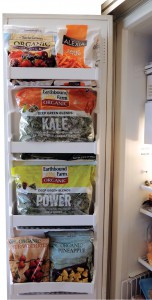 Other applicable statistics from Cornell University Food and Brand Lab include:
Other applicable statistics from Cornell University Food and Brand Lab include:
- If you sit near a window in a restaurant you are 80% more likely to order a salad than if you sit in a dark corner booth where you are more likely to order dessert.
- If you keep a messy kitchen and or cluttered desk, you are likely to eat 44% more snacks than those with a clean kitchen and desk.
- Women who leave boxed cereals out on the counter are 21 pounds heavier than those who tuck the breakfast staple away in a cupboard (based on a study of 230 homes in Syracuse, New York).
- When grocery shopping, chew gum (mint flavor noted) and you are more likely to buy healthier foods.
- When you shop hungry, you don’t buy more foods, you buy worse foods.
- At buffets, skinny people tend to circle the buffet and survey its content before diving in. They then sit further away and not facing the buffet. Heavier people start with serving themselves and tend to sit facing the buffet.
These simple gestures are easy to implement and start in the kitchen where 70% of food choices begin.
Take the green smoothie regime. You don’t need a fancy blender; the $25 glass Oster at Costco works well and looks great on the counter. Buy bulk fruits and greens and place them in the freezer door; they are convenient, last longer, and make smoothies creamier. Leave a cinnamon shaker next to your jug of protein powder, and avocados at eye level in the fridge. There is no recipe; you simply mix and match ingredients to your preferred taste. The only part to remember is ¾ greens and ¼ fruit (not the other way around).
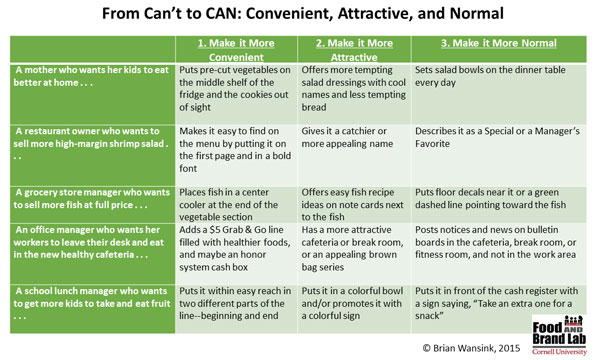
You C.A.N. adopt healthier habits (think convenient, attractive and normal), and smoothies are one of the easiest and most enjoyable ways to get your greens. Once your daily smoothie becomes an addictive habit, you will even be proud of what my friend calls the Garbage Can Smoothie – any and all vegetables left in the fridge. No one can judge you for that.
Editorial by Lauren Del Sarto, publisher Desert Health®.
Source: Wansink, Brian (2015). Change Their Choice! Changing Behavior Using the CAN Approach and Activism Research. Psychology & Marketing, 32(5, 486-500. DOI: 10.1002/mar.20794










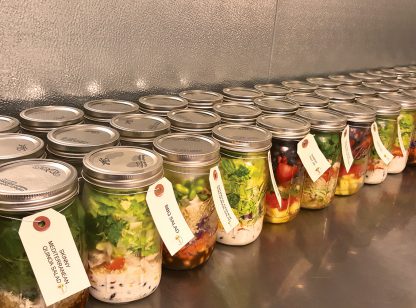


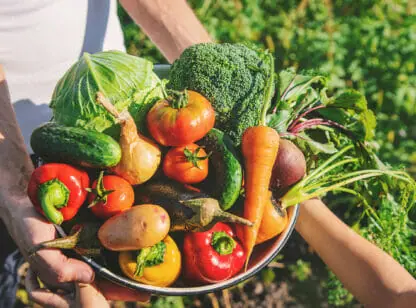


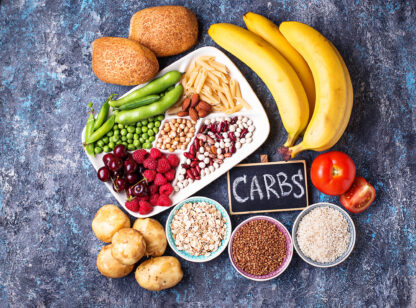


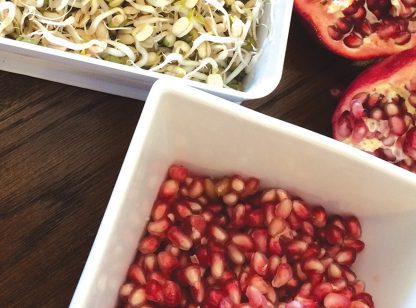



























Comments (2)
Great perspective.
Thank you! And thank you for reading Desert Health.
With appreciation ~
Lauren Del Sarto